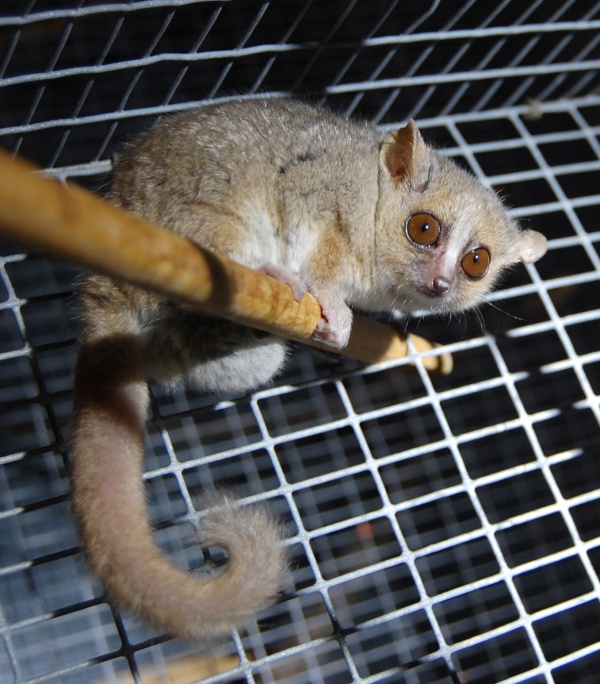Facts About Gray mouse lemur
The gray mouse lemur, occasionally referred to as the grey mouse lemur or lesser mouse lemur, is a diminutive primate endemic to the island of Madagascar. Weighing between 58 to 67 grams, it is actually the largest among the mouse lemurs, which are some of the smallest primates in the world. As its name suggests, it resembles a mouse in both size and color, and it is known by various names locally. These lemurs are nocturnal, meaning they are active at night, and they primarily inhabit trees. During the winter months, they enter a state of dormancy known as torpor.
Their diet mainly consists of fruits, insects, flowers, and nectar. However, they must be vigilant against predators such as owls and snakes. Gray mouse lemurs reproduce rapidly, with females typically giving birth to two offspring after a 60-day gestation period. Despite facing threats like habitat loss and capture for the pet trade, they remain one of the most prevalent small mammals native to Madagascar.
In terms of classification, the gray mouse lemur belongs to the suborder Strepsirrhini and the infraorder Lemuriformes, within the family Cheirogaleidae. They have evolved several unique traits, including their petite size, elongated molar teeth, and a distinctive form of reproduction. They can also enter torpor during the cooler, drier winter months.
These lemurs inhabit various types of forests in western and southern Madagascar. They exhibit complex behaviors, including social interactions, foraging patterns, and vocalizations to communicate with one another. They tend to live in high population densities in certain areas and possess intricate social structures and mating systems.
Protecting the gray mouse lemur's habitat is crucial for their survival. They face significant threats from habitat destruction, climate change, and live capture. Although they are currently listed as a species of least concern by the IUCN, ongoing research and conservation efforts are essential to ensure their population remains stable and to preserve their unique ecological role in Madagascar.
